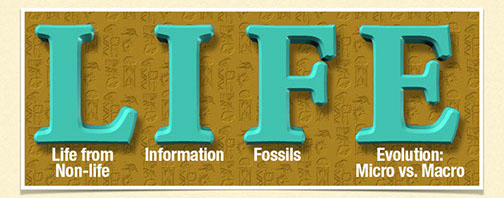
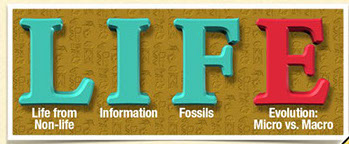
Micro-evolution:
No new information
Macro-evolution:
Needs new information
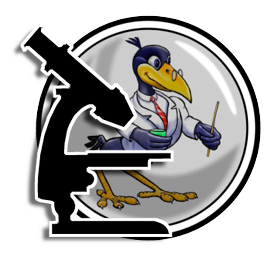
Mike Crow
Evolution: Micro vs. Macro
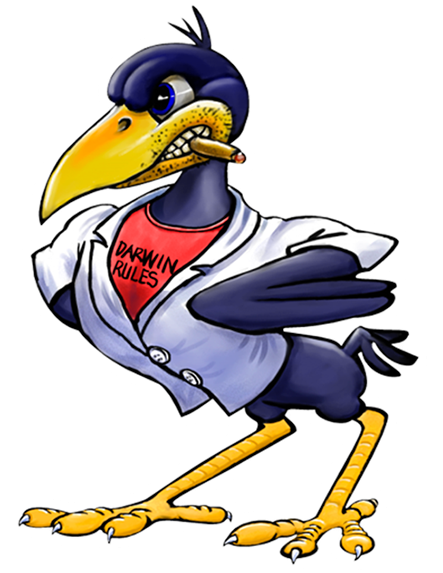
Mac Crow
Understanding the difference between Micro and Macro evolution is very important for Creationists. Often well meaning people who disagree with Darwinian Macro-evolution come across as if they reject all scientific pursuits—when they really don't and shouldn't!
Modern science is built on the belief that because the God who created us is a God of order and purpose, when we look at the things He created we will see how powerful and worthy of worship He truly is! (See Romans 1:20, 21) Nearly all of the founders of the major fields of science were Creationists and some of them characterized their study of the world around them as "thinking God's thoughts after Him."

The issues we face today are with people who militantly reject belief in God and blindly hold on to false ideas like Darwin's Macro-evolution. Understanding the difference between Micro and Macro evolution helps us to see that the Creationist's arguments are against bad science rather than all science. It also helps people to understand when "bait'n switch" tactics are used by teachers who claim that Micro-evolution, which we see all around us, is really just the beginning process of Macro-evolution.
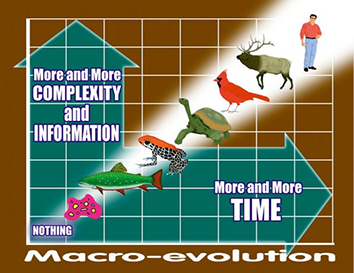
The amount of information needed to build a single cell creature is tiny compared to the amount of information needed to build a human being. Where did all of that new information come from? As we will see, Micro-evolution is NOT helpful in answering that question.
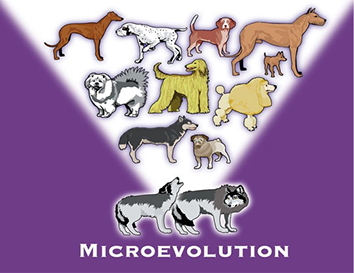
The "Dog-Wolf Family" (Canidae) is a good example of Micro-evolution. Domestic dogs came from some form of wild dog, here represented by wolves. All the variety has come from possibly one or two original kinds. Relatively small changes have occurred in things like size or color, but St. Bernards and Chihuahuas are still members of the dog family.
Creation scientists believe God designed the genetic code with the ability to produce interesting variety within kinds in response to environmental factors but not with the ability to produce a new kind of organism.
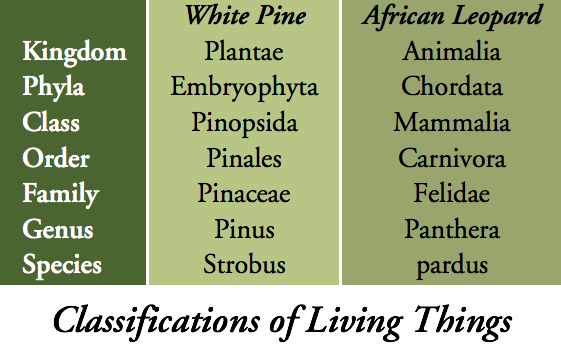
Classifications of Living Things
The Classification System is called taxonomy. The modern taxonomic system was developed by the Creationist botanist Carolus Linneaeus (1707-1788) in an attempt to discover some of the order he believed God used when creating our world. Scripture uses words which mean "created kind" and Creationists now believe that term would most closely equate with the "Family" level in our taxonomic system rather than "Species."
So how does understanding Micro-evolution help you distinguish it from Macro-evolution?
Think of the original gene pool for each living thing as a complete deck with all 52 cards. This original gene pool contains all possible variety included and no defects.
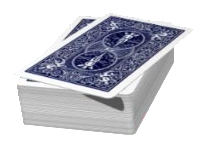
Original Gene Pool:
Complete deck of 52 cards
Micro-evolution
Micro-evolution uses natural selection to respond to environmental changes, etc. resulting in changes within kinds. When genetic information is copied, it is either reshuffled or lost but never created.
Micro-evolution:
Reshuffled deck of fewer cards

Macro-evolution
Macro-evolution needs massive amounts of NEW GENETIC information! Single-celled organism gene code won't build a man.
Macro-evolution:
Needs a deck of many times MORE cards than the original.
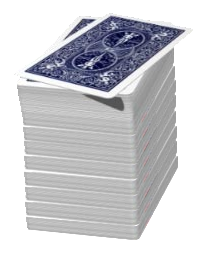
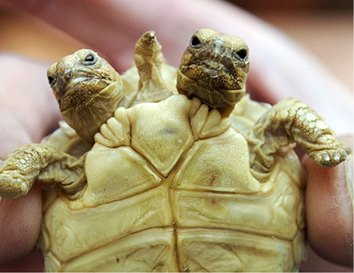
Mutations: The Supposed Engine
In Evolutionary Theory, the role of creating new information is given to mutation—random, accidental mistakes which happen as genetic information is copied. We know that such mistakes happen, and are inherited.
So, what’s the problem?

The Problems With Mutations
New genetic information is something which has never been produced in any mutation experiments or observed in nature! Here are a few key examples:
Fruit fly
The fruit fly, because of its rapid life cycle, has been used extensively to study mutations which affect the shape of an organism. Evolutionists claim that mutations provide the raw materials for macro-evolution to produce entirely new life forms. Evolutionists are compelled to believe, against all evidence, that once in a great while a mutation might occur which is helpful to the organism. For over 100 years scientists have bombarded the fruit fly with radiation in conjunction with careful breeding programs. They have produced many different mutations, but always with negative or harmful results. Thus, the experimental evidence has shown that mutations are harmful losses of coded information. They have never demonstrated a useful addition of coded information in a gene. Dr. Henry Morris summarizes the situation:
"As a matter of fact, the phenomenon of a truly beneficial mutation, one which is known to be a mutation and not merely a latent characteristic already present in the genetic material but lacking previous opportunity for expression, and one which is permanently beneficial in the natural environment, has yet to be documented."
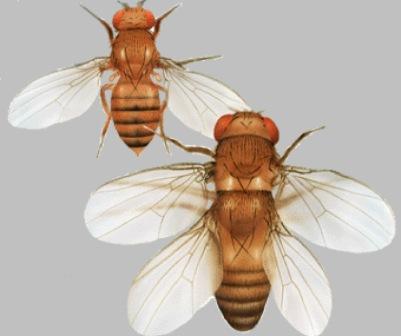
Biologist and author Jonathan Wells points out some of the key points about fruit fly experiments that tend to get left out of the textbooks and public presentations:
"Since 1978, the four-winged fruit fly has become increasingly popular in textbooks and public presentations as an icon of evolution. But four-winged fruit flies do not occur spontaneously. They must be carefully bred in the laboratory from three artificially maintained mutant strains. Furthermore, the extra wings lack flight muscles, so the mutant fly is seriously handicapped. Four-winged fruit flies testify to the skill of geneticists, and they help us to understand the role of genes in development, but they provide no evidence that DNA mutations supply the raw materials for morphological evolution."

Sugar Beet
From 1800, plant breeders sought to increase the sugar content of the sugar beet. And they were very successful. Over some 75 years of selective breeding it was possible to increase the sugar content from 6% to 17%. But there the improvement stopped, and further selection did not increase the sugar content. Why? Because all of the genes for sugar production had been gathered into a single variety and no further increase was possible.

The doomed Franklin expedition.
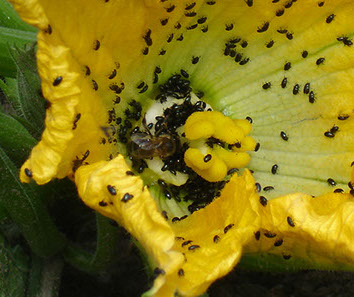
Resistance to Pesticides and Antibiotics
Resistance in organisms can occur in several ways:
- They naturally have the genes for resistance. Scientists at the University of Alberta have revived bacteria from members of the historic Franklin expedition who mysteriously perished in the Arctic nearly 150 years ago. Not only are the six strains of bacteria almost certainly the oldest ever revived but three of them also happen to be resistant to antibiotics. In this case, the two antibiotics tested were developed more than a century after the men died.
According to Evolutionist, Francisco Ayala when dealing with insect resistance: "Insect resistance to a pesticide was first reported in 1947 for the Housefly with respect to DDT. Since then resistance to one or more pesticides has been reported in at least 225 species of insects. The genetic variants required for resistance to the most diverse kinds of pesticides were apparently present in every one of the populations exposed to these man-made compounds." - A mutation destroys genetic information which controls production of enzymes. For example, after the patient takes the antibiotic, it is absorbed through the cell wall of the bacterium. The bacterium has the genetic information to make an enzyme which reacts with the antibiotic converting it into a poison, killing the bacterium. But due to a mutation, the bacterium cannot make the enzyme and so cannot convert the antibiotic and so does not die but reproduces, giving the patient and doctor a new problem. The mutant bacterium survived through a loss of information, which is not a process that will eventually lead to an increase of information to change a bacterium over millions of years into a biologist.
- Genetic material can be transfered between bacteria. But once again, this does not explain where the genetic material came from in the first place!
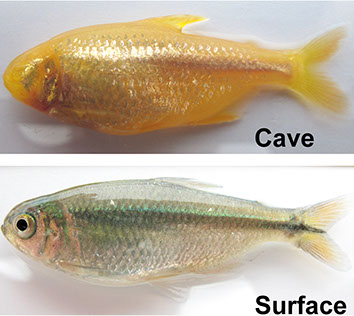
Evolutionists often point to examples of what they refer to as “beneficial mutations.” However, these examples, such as eyeless fish or wingless beetles are defined as “beneficial” purely from a survival standpoint and offers no explanation as to the source of the original genetic information.
“When we look at the inherited changes actually happening in living things, we see information either staying the same (but recombining in different ways), or being corrupted or lost (mutation, extinction), but never do we see anything which could qualify as a real, informationally “uphill” evolutionary change.”
—Dr. Carl Wieland,
Stones & Bones: Powerful Evidence Against Evolution
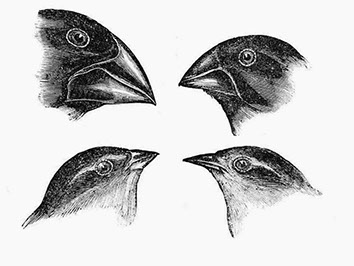
“People sometimes give the impression that any change (which is always micro-evolution) is evidence for Darwinism. But Darwinism is not just any change. It is a very special kind—the transformation of one type of organism into another (which requires new information).”
—Dr. Charles Thaxton,
Of Pandas and People
Darwin's Galapagos Finches
“Natural Selection” the appropriate terminology for the change in the beak sizes of Darwin's finches. As Dr. Georgia Purdom with Answers in Genesis points out, "Research over many years has shown that beak size in finches varies according to many factors—increasing and decreasing over time. It is not directional in any sense, which would be required for molecules-to-man evolution. Adaptation / natural selection has been hijacked and wrongly used by evolutionists as the underlying mechanism of evolution. Rather, it is a mechanism that allows organisms to adapt to their environment in a fallen world."
Dr. Schaefer summarizes his view of Micro-evolution compared to Macro-evolution: “I find no satisfactory mechanism for macro-evolutionary changes. Analogies between a tiny change in the beak size of a Galapagos finch species [Micro-evolution] and the purported transition from dinosaur to bird [Macro-evolution] appear to me inappropriate at present.”
© Copyright 2017 | Contact